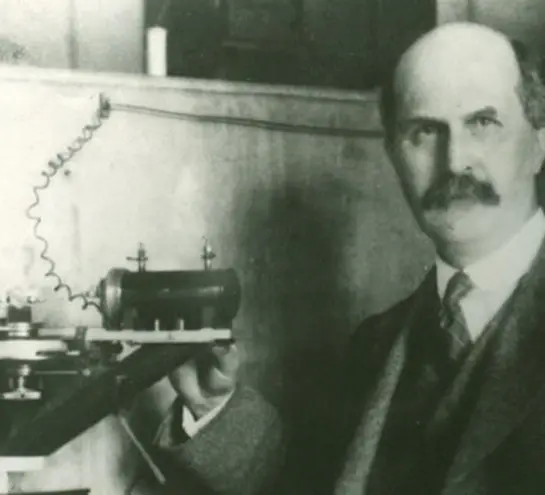Biography
Ri positions
- Fullerian Professor of Chemistry, 1923-1942
- Superintendent of the House, 1923-1942
- Director of the Davy-Faraday Research Laboratory, 1923-1942
Born near Wigton in Cumbria, he attended King William's College on the Isle of Man before studying mathematics at Trinity College, Cambridge. He was appointed Professor of Mathematics and Physics at the University of Adelaide in 1886. In the mid 1890s he made the first X-ray tube in Australia and started work on the theory and use of X-rays.
In 1909 he returned to England to become Professor of Physics at the University of Leeds. There, he and his son William Lawrence Bragg worked out how to determine the molecular structure of crystals using X-rays - in 1915 they jointly won the Nobel Prize for this work.
Also in 1915, Bragg was appointed Quain Professor of Physics at University College London, although he spent much of the Great War working for the Admiralty on the acoustic detection of submarines. At the Royal Institution he revivified its research creating one of the world's leading X-ray crystallography laboratories through which many of its major practitioners passed including JD Bernal, WT Astbury, Kathleen Lonsdale and Dorothy Hodgkin.
In 1928 he was President of the British Association and in the late 1930s, as President of the Royal Society, he played a major role in preparing for the mobilisation of scientists for the 1939-1945 war. He was also active in helping academics fleeing Fascist regimes to find new positions.
